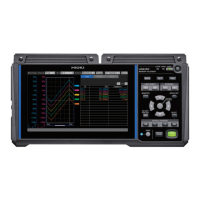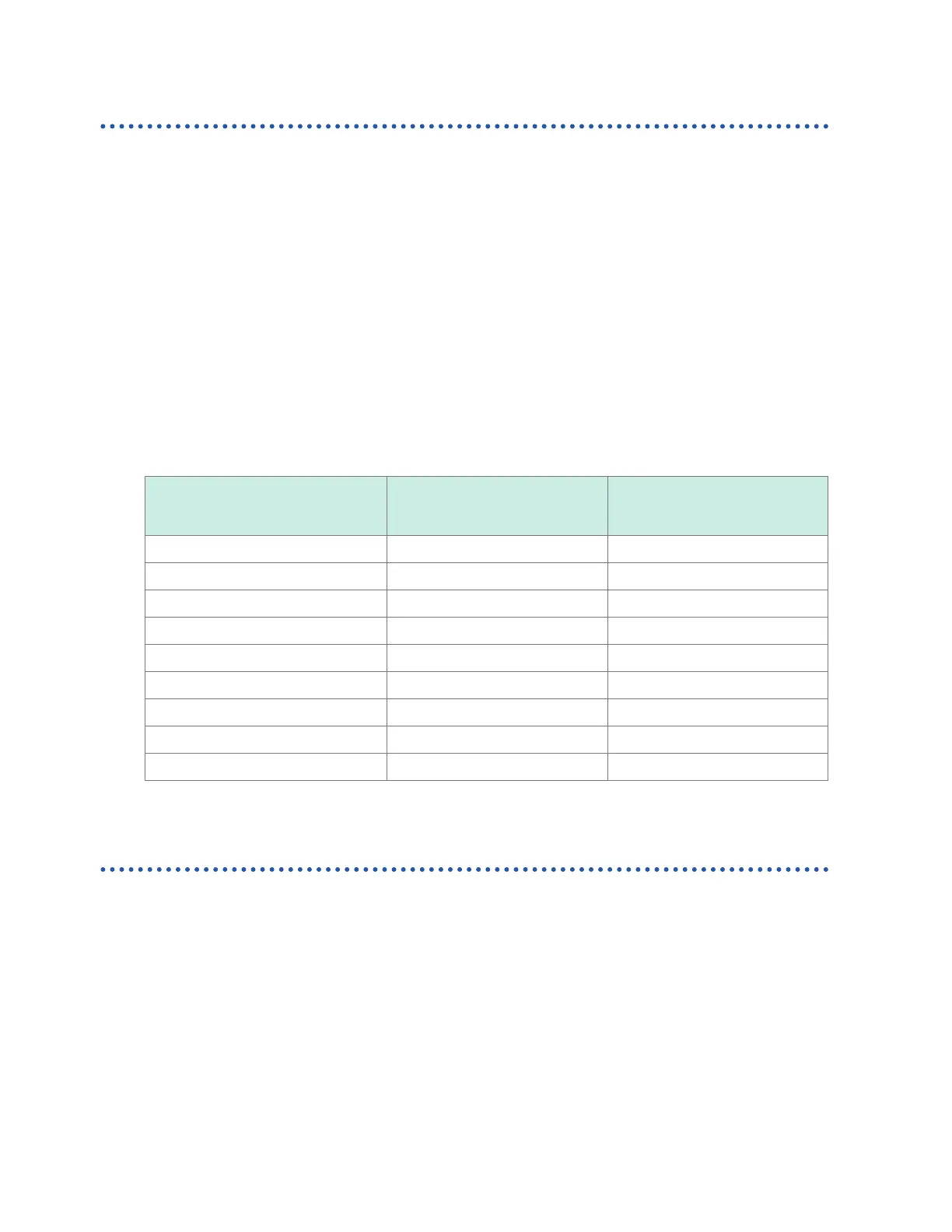378
Measuring Strain
Converting values to stress
Multiply Young’s modulus by the measured value.
σ
(stress) = E (Young’s modulus) ×
ε
(measured value)
Example: When measuring compression stress
For an aluminum measurement target being measured using the 1-gage method, the following
table indicates a Young’s modulus value of 73 (GPa).
σ
= 73 × 10
9
× measured value × 10
−6
(measured value unit: μ
ε
)
= 73 × measured value (unit: kPa)
= 7.44* × measured value (unit: gf/mm
2
)
*: 1 Pa = 1.01971621 × 10
−7
kgf/mm
2
Conversion ratio = 7.44; unit: gf/mm
2
Set the scaling conversion ratio’s slope to this value.
See “1.7 Using the Scaling Function” (p. 58).
Mechanical properties of industrial materials
Material
Longitudinal elasticity modulus
(Young’s modulus)
E (GPa)
Poisson’s ratio
ν
Carbon copper (C 0.1% to 0.25%) 205 0.28 to 0.3
Carbon copper (C >0.25%) 206 0.28 to 0.3
Spring steel (tempered) 206 to 211 0.28 to 0.3
Nickel steel 205 0.28 to 0.3
Cast iron 98 0.2 to 0.29
Brass (cast) 78 0.34
Phosphor bronze 118 0.38
Aluminum 73 0.34
Concrete 20 to 29 0.1
See “1.7 Using the Scaling Function” (p. 58).
Auto-balancing
You can execute auto-balance (correcting the input at zero) for strain gage channels.
See p. 37.
www.GlobalTestSupply.com
Find Quality Products Online at: sales@GlobalTestSupply.com

